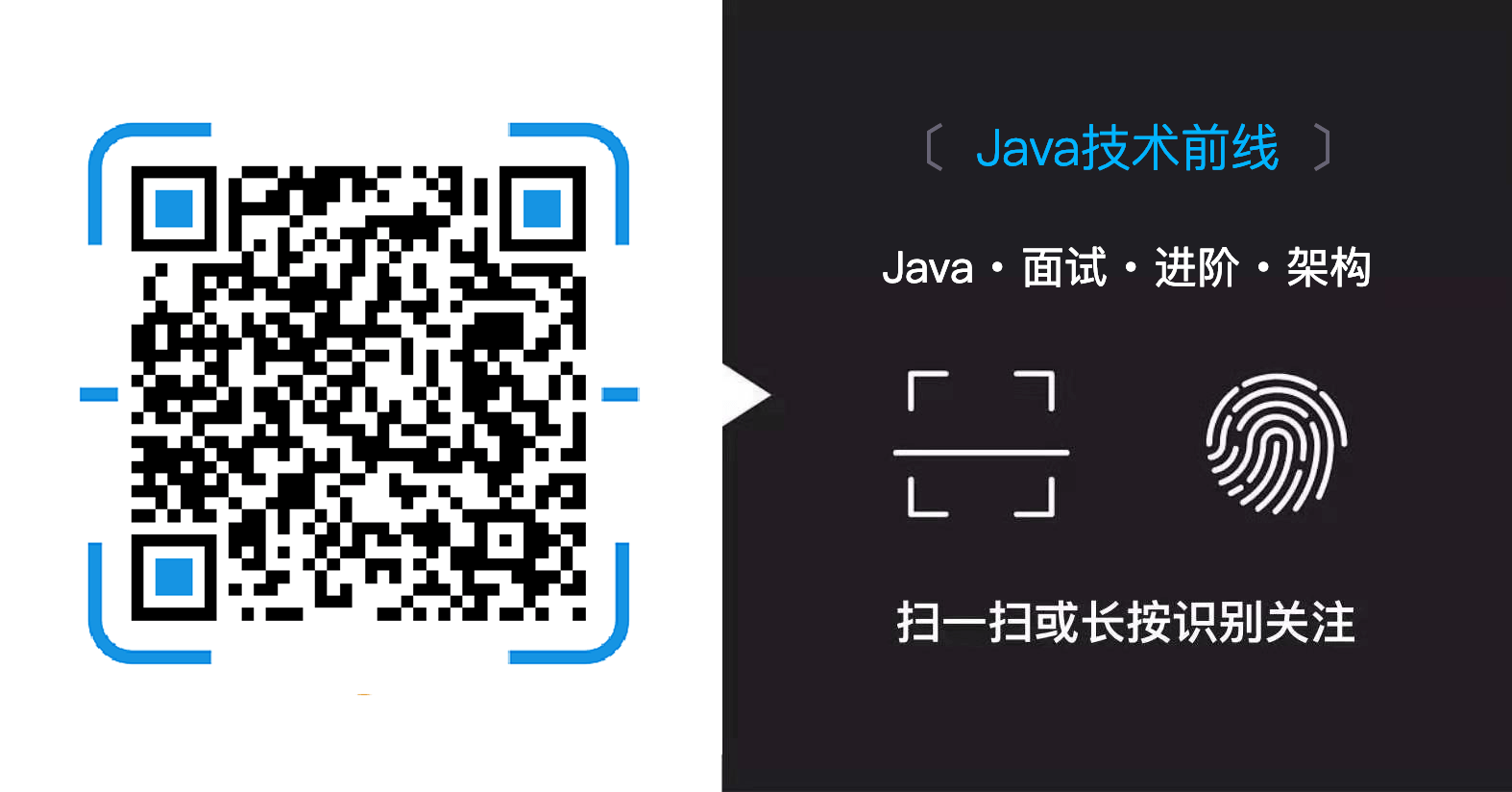[剑指 Offer 第 2 版第 9-1 题] “用两个栈实现队列”做题记录
[剑指 Offer 第 2 版第 9-1 题] “用两个栈实现队列”做题记录
第 9-1 题:用两个栈实现队列
传送门:AcWing:用两个栈实现队列,牛客网 online judge 地址。
请用栈实现一个队列,支持如下四种操作:
- push(x) – 将元素x插到队尾;
- pop() – 将队首的元素弹出,并返回该元素;
- peek() – 返回队首元素;
- empty() – 返回队列是否为空;
注意:
- 你只能使用栈的标准操作:
push to top,peek/pop from top,size和is empty;- 如果你选择的编程语言没有栈的标准库,你可以使用list或者deque等模拟栈的操作;
- 输入数据保证合法,例如,在队列为空时,不会进行
pop或者peek等操作;样例
``` MyQueue queue = new MyQueue();
queue.push(1); queue.push(2); queue.peek(); // returns 1 queue.pop(); // returns 1 queue.empty(); // returns false ```
分析:+ 相关的练习还有 LeetCode 第 232 题,还有第 225 题。 + 在这里我设置了一个“上一次的操作”作为状态。具体应用如下:
如果“上一次的操作”是 push:
1、我继续 push 的时候,就可以继续往栈里存数据;
2、但是如果我 pop 的话,就要把“栈底”的元素拿出来,拿出之前,要把“栈底”以上的所有元素弹出到另一个栈中。此时,如果继续出队的话,就从临时栈中陆续弹出“栈顶”元素就可以了。
如果“上一次的操作”是 pop:
1、如果我继续 pop,因为在上一次 pop 的时候,就把之前那个栈中的元素全部弹出到一个新的栈,此时这个新栈继续弹出“栈顶”元素,其实就是原来入队的顺序;
2、如果我 push,就得恢复之前入队的顺序,因此,要把这个栈中的数据全部弹出到之前入队的那个栈。
总而言之,我们可以准备两个栈 stack1 和 stack2 :
1、使用 stack1 专门用于 push 的时候用,要“出队”之前,全部弹出到 stack2,从 stack2 弹出 ;
2、使用 stack2 专门用于 pop 的时候用,要“入队”之前,全部弹出到 stack1,从 stack1 压入 。
Java 代码:
import java.util.Stack;
public class Solution {
/**
* 专门 push 的时候用
*/
private Stack<Integer> stack1 = new Stack<Integer>();
/**
* 专门 pop 的时候用
*/
private Stack<Integer> stack2 = new Stack<Integer>();
private State lastState = State.PUSH;
enum State {
PUSH, POP
}
public void push(int node) {
if (lastState == State.PUSH) {
stack1.add(node);
} else {
assert lastState == State.POP;
// 如果上一步是 pop 的话,
while (!stack2.isEmpty()) {
stack1.add(stack2.pop());
}
stack1.add(node);
lastState = State.PUSH;
}
}
public int pop() {
if (lastState == State.POP) {
if (stack2.empty()) {
throw new IllegalArgumentException("queue is empty");
}
return stack2.pop();
} else {
// 如果上一步是 PUSH 的话
while (!stack1.empty()) {
stack2.add(stack1.pop());
}
lastState = State.POP;
return stack2.pop();
}
}
}
注意:下面这个逻辑是错的,应该是只要 stack2 是空的,才把 stack1 的元素全部搬到 stack2,这里要小心。
def __shift(self):
if self.stack1:
while self.stack1:
self.stack2.append(self.stack1.pop())
Python 代码:
class MyQueue(object):
def __init__(self):
"""
Initialize your data structure here.
"""
self.stack1 = []
self.stack2 = []
def push(self, x):
"""
Push element x to the back of queue.
:type x: int
:rtype: void
"""
self.stack1.append(x)
def __shift(self):
if len(self.stack2) == 0:
while self.stack1:
self.stack2.append(self.stack1.pop())
def pop(self):
"""
Removes the element from in front of queue and returns that element.
:rtype: int
"""
self.__shift()
return self.stack2.pop()
def peek(self):
"""
Get the front element.
:rtype: int
"""
self.__shift()
return self.stack2[-1]
def empty(self):
"""
Returns whether the queue is empty.
:rtype: bool
"""
return len(self.stack1) == 0 and len(self.stack2) == 0
# Your MyQueue object will be instantiated and called as such:
# obj = MyQueue()
# obj.push(x)
# param_2 = obj.pop()
# param_3 = obj.peek()
# param_4 = obj.empty()
作者:liweiwei1419
来源:https://liweiwei1419.github.io/sword-for-offer/
看完两件小事
如果你觉得这篇文章对你挺有启发,我想请你帮我两个小忙:
- 把这篇文章分享给你的朋友 / 交流群,让更多的人看到,一起进步,一起成长!
- 关注公众号 「方志朋」,公众号后台回复「666」 免费领取我精心整理的进阶资源教程

本文著作权归作者所有,如若转载,请注明出处
转载请注明:文章转载自「 Java极客技术学习 」https://www.javajike.com

 微信扫一扫
微信扫一扫